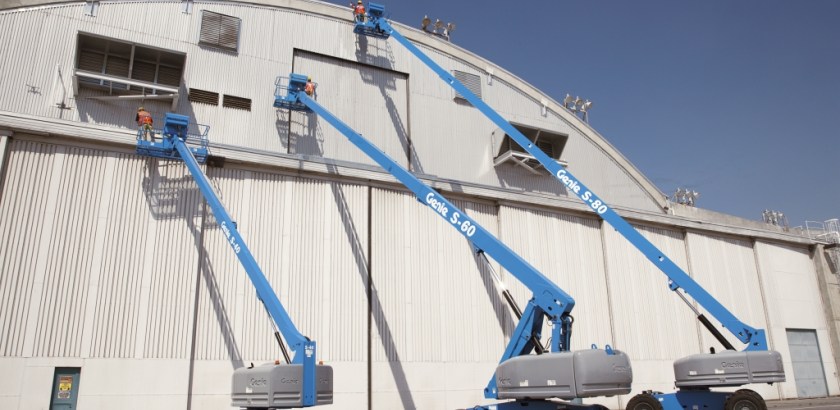Equipment Depreciation 101
by Jamie Gibson - Terex Financial Services On Dec 13, 2018, 18:00 PM
Subscribe To Aerial Pros
Filter by tags
Equipment rental businesses purchase fixed assets, such as fleet equipment or company vehicles, to use in the course of their business activities. When a rental business purchases a fixed asset, like a mobile elevating work platform, it capitalizes the full cost of the asset on its balance sheet. The rental store cannot expense this cost when purchasing the asset because it will benefit from the purchase for several years. Instead, the company records depreciation, or expenses a portion of the cost each year. Generally accepted accounting principles, or GAAP, provide specific rules for depreciating these assets.
Key Figures
Before calculating depreciation, the company must determine key amounts which it will use for calculating depreciation. These include the depreciable cost of the asset, the asset’s useful life and the estimated salvage value of the asset. The depreciable cost of the asset includes all costs necessary to acquire the asset and place it into service. These costs include the purchase price of the asset, freight costs and other fees. The asset’s useful life represents the number of years the company expects to use it. The estimated salvage value represents the amount of money the company expects to sell the asset for at the end of its useful life. Secondary market organizations such as used equipment websites, Rouse Reports and large equipment auction houses sales prices can help you estimate this for a mobile elevating work platform or telehandler.
Depreciation Methods
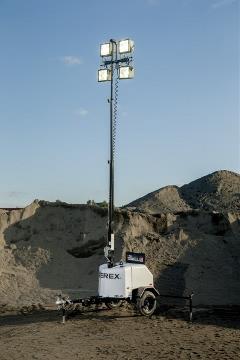 Companies choose one of three depreciation methods. These are the straight-line, units-of-production method and declining-balance methods. The straight-line method calculates a depreciable basis by subtracting the asset's estimated salvage value from its full cost. This is then divided by the number of years in the asset’s estimated useful life to determine the annual depreciation amount. The units-of-production method isn’t usually applicable for rental fleet purchases as it uses the same depreciable basis and divides it by the estimated production quantity of the asset for a different kind of business. At the end of the year, the company multiplies this amount by the actual production quantity and records this amount as depreciation. The declining balance method is discussed below.
Companies choose one of three depreciation methods. These are the straight-line, units-of-production method and declining-balance methods. The straight-line method calculates a depreciable basis by subtracting the asset's estimated salvage value from its full cost. This is then divided by the number of years in the asset’s estimated useful life to determine the annual depreciation amount. The units-of-production method isn’t usually applicable for rental fleet purchases as it uses the same depreciable basis and divides it by the estimated production quantity of the asset for a different kind of business. At the end of the year, the company multiplies this amount by the actual production quantity and records this amount as depreciation. The declining balance method is discussed below.
Accelerated Depreciation Method
The declining balance method accelerates the depreciation process and records a higher amount of depreciation earlier in the asset’s life. The company determines the straight-line rate by dividing 100 by the number of years in the asset’s useful life. The company doubles this rate and multiplies it by the full cost of the asset. This determines the depreciation for the first year. In future years, the company uses the full cost of the asset minus the depreciation already recorded and multiplies this by the same rate.
Please contact your accountant, tax or financial professional advisor with regard to your individual situation.
Related Posts
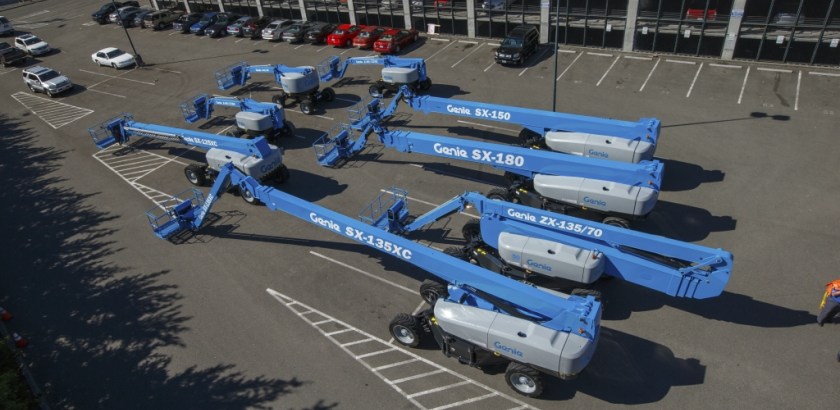
How Residual Values Impact Your Rental Business
Rental is a business driven by numbers.
Continue Reading
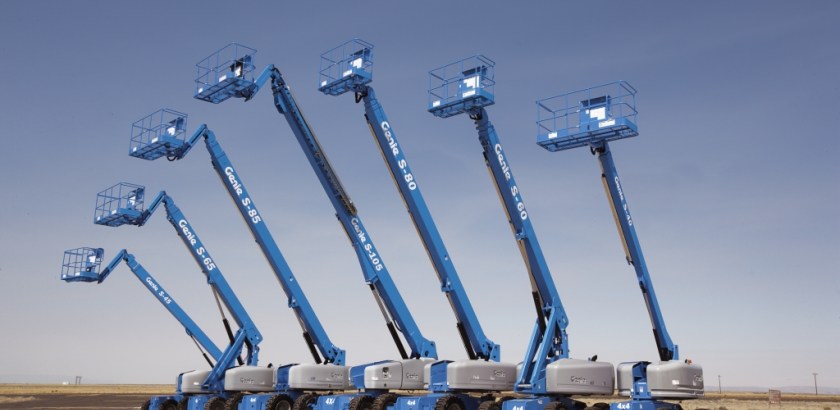
Why Inventory Management is Important in Rental Fleets
Over the last 10 years, our rental customers have become extremely more proficient in the tracking of rental fleets by machine — revenue generated, rental rates, time of utilization, maintenance/repair costs, interest costs, downtime, warranty costs/issues, depreciation and resale prices.
Continue Reading
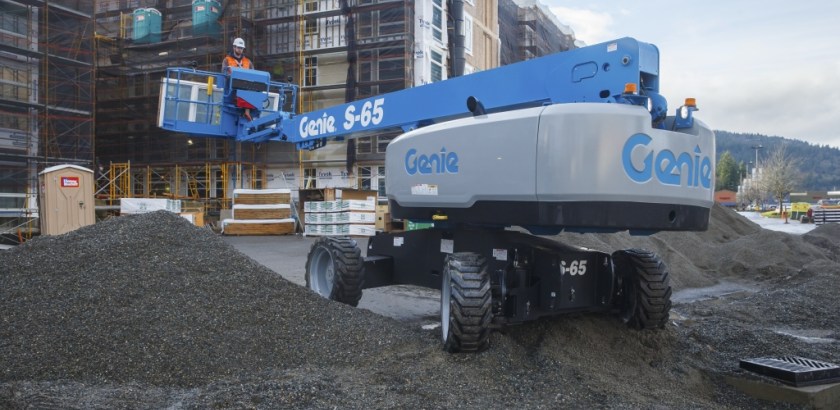
Managing the Age of Your Equipment Fleet
Rental fleet managers work hard to find the precise balance between a machine’s age, hours, maintenance and depreciation expenses to determine the optimum time to retire or replace a machine.
Continue Reading


